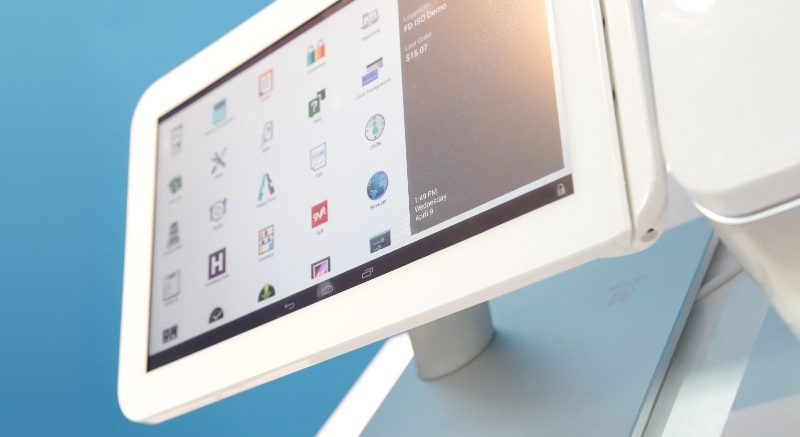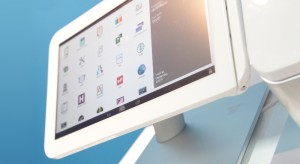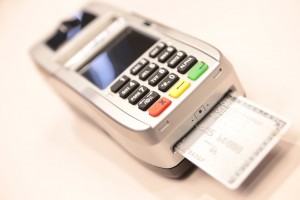 With the liability shift here, we know that you’ve already got a lot on your plate. So we’re going to just take it easy and go over a few terms you may have already seen or will see as you continue to learn about EMV. This list can serve as a simple pocket reference during the transition. Print it out even, and refer to it as needed when reading your next article or blog post about EMV. We want the transition to be worry-free.
With the liability shift here, we know that you’ve already got a lot on your plate. So we’re going to just take it easy and go over a few terms you may have already seen or will see as you continue to learn about EMV. This list can serve as a simple pocket reference during the transition. Print it out even, and refer to it as needed when reading your next article or blog post about EMV. We want the transition to be worry-free.
EMV: Short for Europay, Mastercard, and Visa, the developers of the card
Chip-enabled card: A credit card enabled with a microchip; also referred to as “chip and pin” or “chip and signature”, depending on the cardholder verification method
Fraud: the criminal use of a person’s credit card information to make unauthorized transactions
With the transition to EMV terminals, the US aims to decrease fraud. The US currently accounts for nearly half of all worldwide fraud. On a positive note, the EU has decreased card fraud by 80% since completing its transition to EMV cards, which means the US transition should be successful.
Liability shift: Starting October 1st the responsibility for fraudulent transactions switched to the party with the least EMV-capable technology
If fraud occurs with a non-EMV bank card, the bank is responsible. If fraud occurs as a result of a merchant’s POS system that can’t accept EMV-cards, the merchant is responsible. Only 20-30% of merchants are expected to use EMV-capable terminals by October 1st, with the remainder throughout the three to five-year transition period. So if you’re not there yet, don’t freak out. COCARD can work with you to determine a POS system that is right for your company’s needs.
Transaction authorization: When a chip card goes through rules set by the card-issuer to determine whether the transaction can be authorized; transactions can be authorized either online or offline
Card authentication: the process of making the card authentic or unique by providing a one-time code for the transaction
If someone does manage to actually steal this code and use it, the transaction would be declined since the code was already used.
Cardholder verification (CVM): how the issuer and merchant verify that the cardholder and the person with the card are one and the same. An EMV-terminal might require a pin, signature, or for low risk transactions, no verification method.
Mag-stripe card: Cards with a magnetic stripe on the back. Much of the world has already switched completely to EMV-cards, and the full-scale transition in the US is currently underway. Cardholder data on mag stripe cards is easy to steal using a simple card reading machine.
Cryptogram: A one-time code created during online authorization; a cryptogram validates that the chip and issuer are not counterfeit
That’s it. We hope that this glossary of terms is short and sweet, and that it provides simple definitions for terms that are often times used when discussing EMV.
And now that October 1st has come and gone we’re sure that your still standing strong. So don’t worry. Instead, continue to read up on EMV and take the information that is most valuable to you as a business owner. If you’ve got any questions, we at COCARD will be happy to assist. Feel free to give us a call at 800-317-1819.
Read MoreRead More
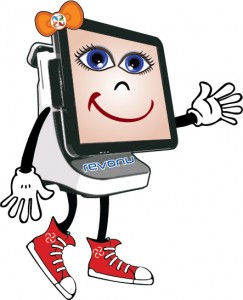 to want to buy a system that is going to have the right features to support the business. Unfortunately tons of businesses either over-buy or under-buy when it comes to their POS Technology.
to want to buy a system that is going to have the right features to support the business. Unfortunately tons of businesses either over-buy or under-buy when it comes to their POS Technology.

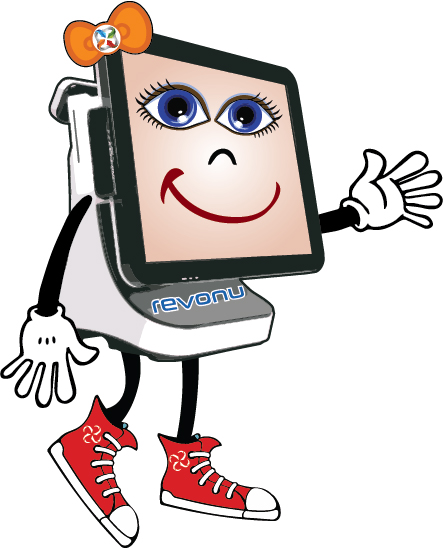

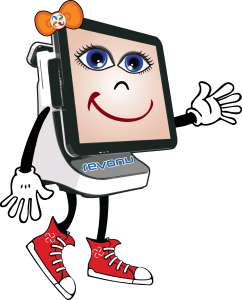
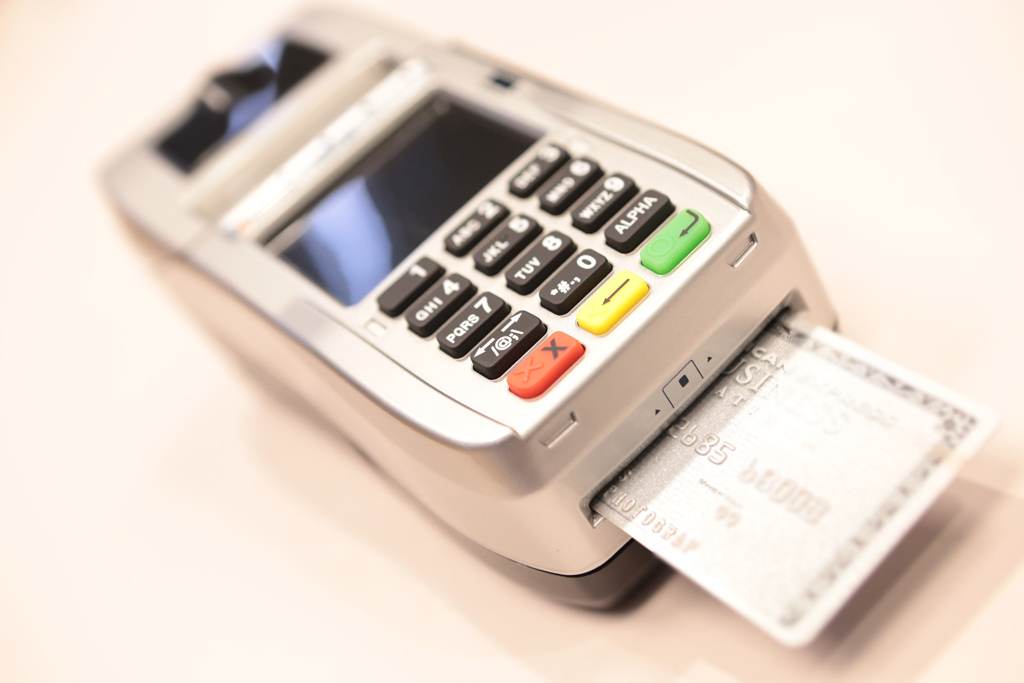
 With the liability shift here, we know that you’ve already got a lot on your plate. So we’re going to just take it easy and go over a few terms you may have already seen or will see as you continue to learn about EMV. This list can serve as a simple pocket reference during the transition. Print it out even, and refer to it as needed when reading your next article or blog post about EMV. We want the transition to be worry-free.
With the liability shift here, we know that you’ve already got a lot on your plate. So we’re going to just take it easy and go over a few terms you may have already seen or will see as you continue to learn about EMV. This list can serve as a simple pocket reference during the transition. Print it out even, and refer to it as needed when reading your next article or blog post about EMV. We want the transition to be worry-free.
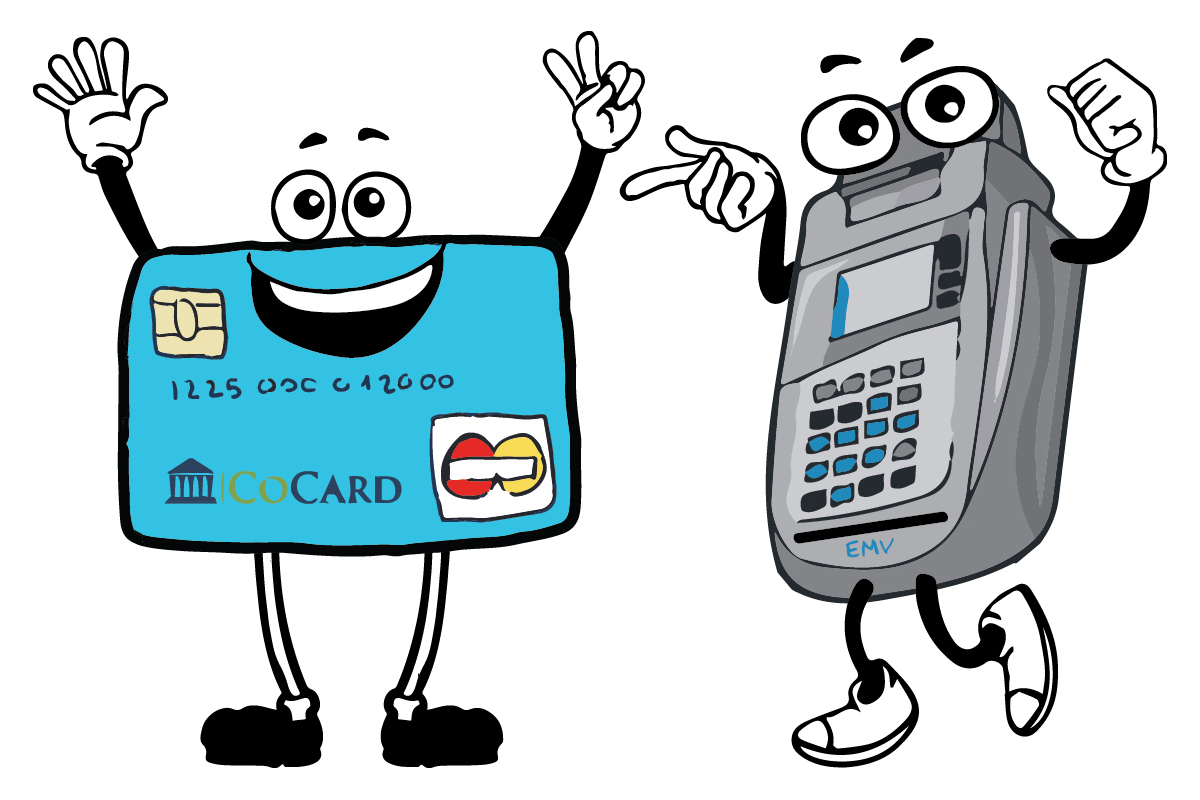
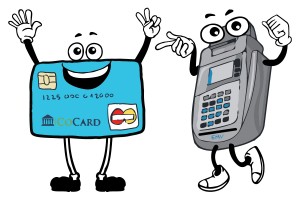
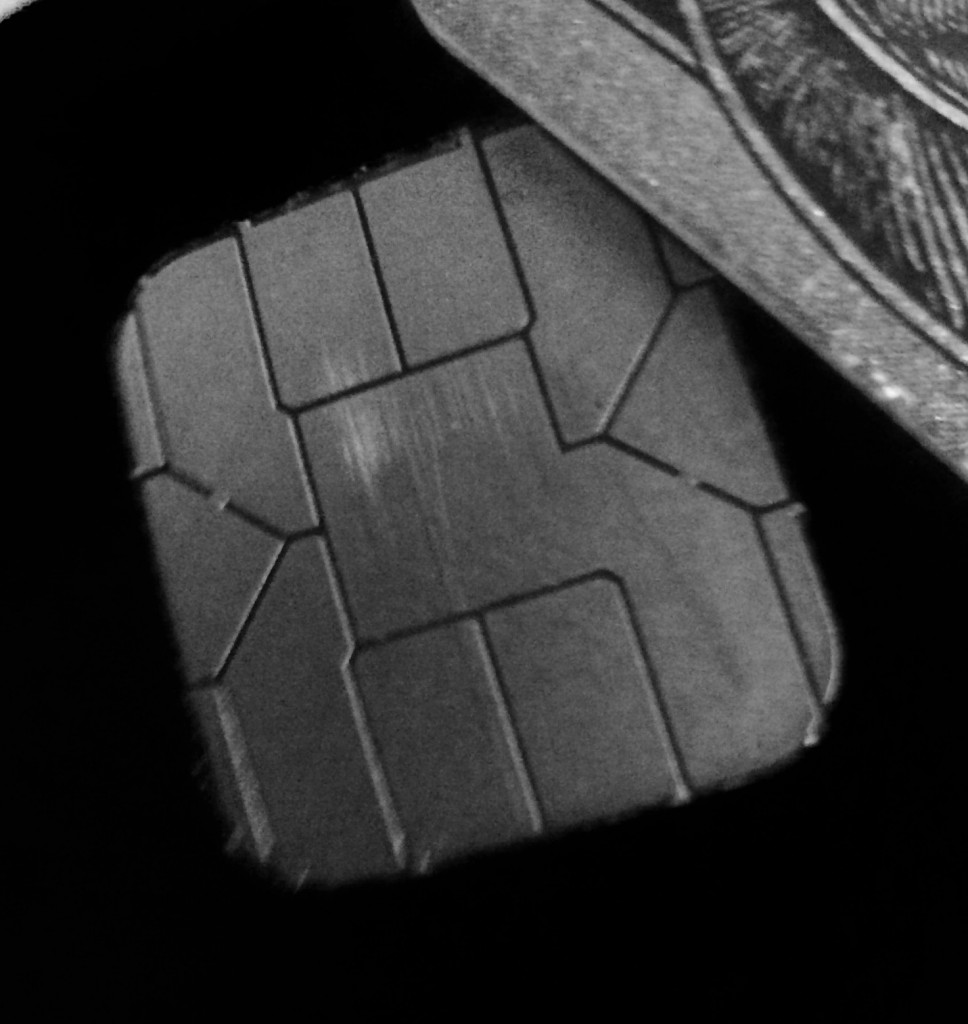
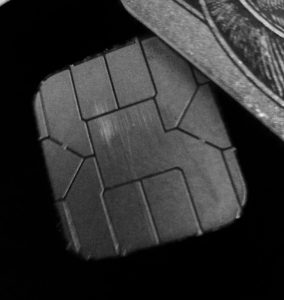 Chicken Little once said that the sky is falling. Yet it still remains intact above us. So while the transition from magnetic stripe to EMV might seem like a shift of cataclysmic proportions, the sky is not falling. Your company will successfully transition from magnetic stripe to EMV (many already have), and next time you look outside your window, you’ll see the billowy clouds resting above, and not on the ground.
Chicken Little once said that the sky is falling. Yet it still remains intact above us. So while the transition from magnetic stripe to EMV might seem like a shift of cataclysmic proportions, the sky is not falling. Your company will successfully transition from magnetic stripe to EMV (many already have), and next time you look outside your window, you’ll see the billowy clouds resting above, and not on the ground.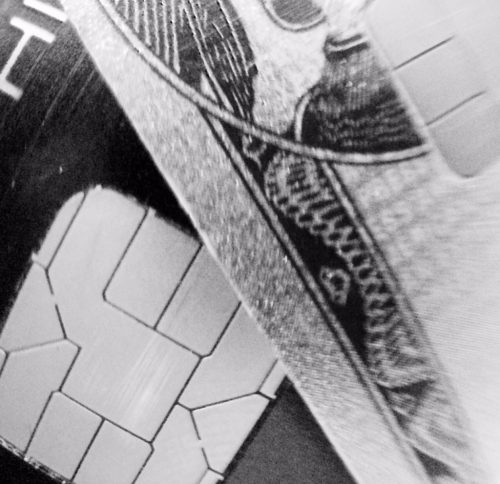
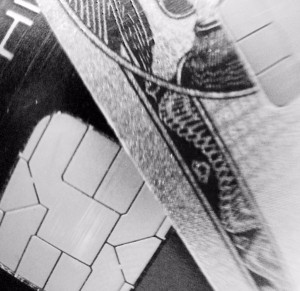

 The complete POS solution for YOUR business!
The complete POS solution for YOUR business!